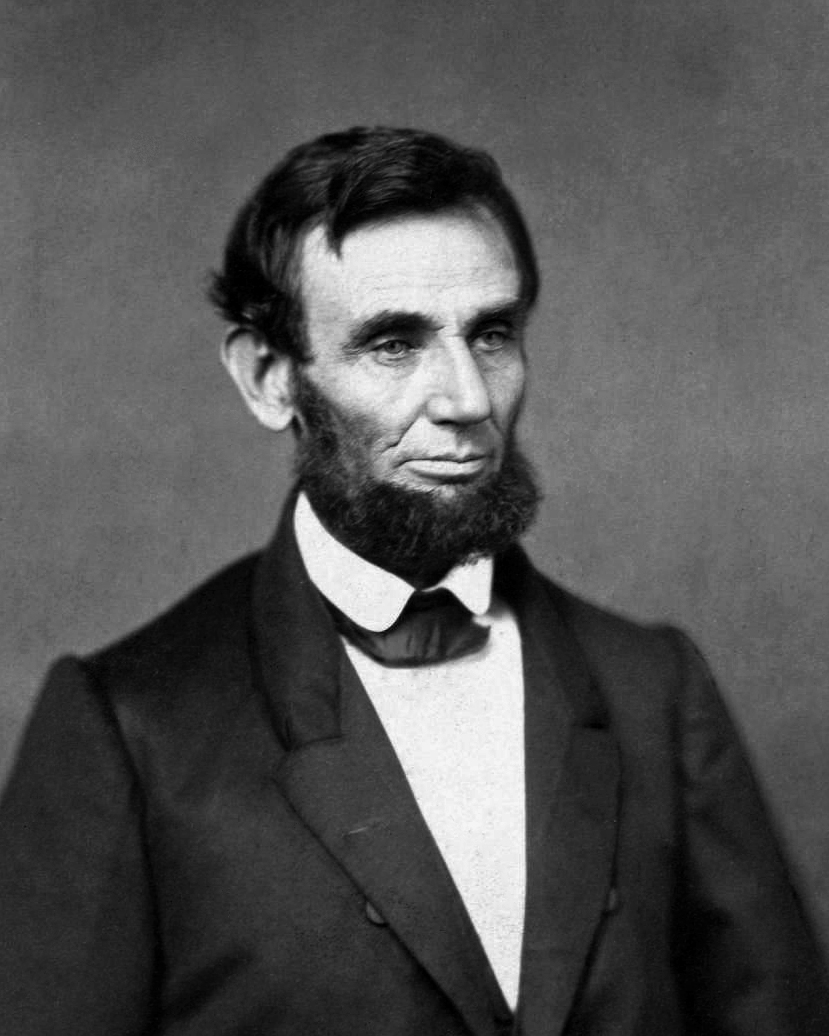There is more to race than skin color.
There is more to race than skin color.
My mother always told me, "never judge a book by its cover. Assumptions are not practical; they can prevent you from recognizing your enemy, your friend or even your kin."
My mother always told me, "never judge a book by its cover. Assumptions are not practical; they can prevent you from recognizing your enemy, your friend or even your kin."
 |
| Closed Circuit TV (Wikipedia) |
The authorities in Washington state jumped to the conclusion that the mall shooter was Hispanic, based solely on a fuzzy security camera image. When asked about the assumption that the shooter was Hispanic, the authority answered, "dark complexion" and something about hair.
I asked myself, were they looking at the same fuzzy image I was looking seeing?
Was their conclusion based on what they wanted or hoped would be the case? What would those same authorities say about me?
Apply the quiz to the Washington authorities' assumption about the shooter's about the race, ethnicity and culture.
Apply the quiz to the Washington authorities' assumption about the shooter's about the race, ethnicity and culture.
A. Ignorant?
B. Illogical?
C. Unfair?
D. Dangerous?
E. All of the above?
Now that the facts about the shooter are being revealed, what is revealed about the original assumptions the Washington authorities made about race?
In addition, multi-cultural, multi-racial, multi-ethnic, multi-national Americans struggle with the issue of race, often being assigned to a race or religion that is not remotely related to theirs simply because of their complexion. Complexion is like the cover of a book. Maybe the cover reveals a hint of the pages inside and maybe not. The cover of a book can be as completely misleading as a person's complexion, hair, eye color, size, body shape, weight, gender and style of dress, among a host of other qualities. My mother always told me,
Perhaps a better way to describe a person is NOT to try characterizing him or her by race. A better approach is to describe their physical characteristics without assigning physical characteristics to a particular racial group. Unless the person assigning the suspect's race is an expert in population genetics, a mistake can be made that will be harmful to legal investigation and apprehension. Properly trained personnel will not lead public opinion in an inaccurate direction by jumping to unfounded conclusions.
.jpg)
Right-to-left:
Barack Obama and sister, Maya Soetoro
Mother Ann Dunham
Grandfather Stanley Dunham
Hawaii (early 1970s)
What is race?
This series is not intended to answer all the questions Americans and the world have about race in the United States. This series is intended to present points of view for consideration and discuss on the questions of race in America.
In addition, multi-cultural, multi-racial, multi-ethnic, multi-national Americans struggle with the issue of race, often being assigned to a race or religion that is not remotely related to theirs simply because of their complexion. Complexion is like the cover of a book. Maybe the cover reveals a hint of the pages inside and maybe not. The cover of a book can be as completely misleading as a person's complexion, hair, eye color, size, body shape, weight, gender and style of dress, among a host of other qualities. My mother always told me,
Perhaps a better way to describe a person is NOT to try characterizing him or her by race. A better approach is to describe their physical characteristics without assigning physical characteristics to a particular racial group. Unless the person assigning the suspect's race is an expert in population genetics, a mistake can be made that will be harmful to legal investigation and apprehension. Properly trained personnel will not lead public opinion in an inaccurate direction by jumping to unfounded conclusions.
.jpg) |
| Right-to-left: Barack Obama and sister, Maya Soetoro Mother Ann Dunham Grandfather Stanley Dunham Hawaii (early 1970s) |
This series is not intended to answer all the questions Americans and the world have about race in the United States. This series is intended to present points of view for consideration and discuss on the questions of race in America.
When the Founding Fathers debated the writing of the document and finally agreed on what to include in the U.S. Constitution, the elephant in the room sucking up all the energy and air in the new nation slavery was not mentioned in the document at all. The institution of bonded humans being in the new nation was referred to language coded for slaves in Article 1, Section 2 of the U.S. Constitution, when the document describes the Legislative branch, the House of Representatives, one house of Congress, other being the Senate. Referring to slaves, the coded language states: three fifths of all other Persons.
What Is Race: The Series
What Is Race? Part One: Conversations With My Mother
What Is Race? Part Two: My Mother, Race Relations Adviser
What is Race? Part Three: My Mother - On Jim Crow's Children
What is Race? Part Four: Who is Jim Crow?
What is Race? Part Five: How to Conquer Racism
Paragraph 3 of Section 2 of the U.S. Constitution Article 1 states:
- Representatives and direct Texas shall be apportioned among the several States which may be included within this Union, according to their respective Numbers, which shall be determined by adding to the whole Number of free Persons, including those bound to Service for a Term of Years, and excluding Indians not taxed, three fifths of all other Persons.
Many Founders wrestled with the notion of slavery, some in disagreement with its very existence. However, the founders who own slaves and depended on the institution for their wealth were appeased by the group in order that the new Union of the States be declared. This portion of the U.S. Constitution was not changed until the U.S. Constitution was amended for the thirteenth and fourteenth times.
Amendment 13 was passed by Congress on January 31, 1865, and ratified by the states on December 6, 1865, declared that slavery shall not exist in the United States and gave Congress the power of punishment of crimes violating this amendment.
 |
| Abraham Lincoln |
Amendment 13, Section 1 states:
- Neither slavery nor involuntary servitude, except as a punishment for crime whereof the part shall have been duly convicted, shall exist within the United States, or any place subject to their jurisdiction.
Amendment 13, Section 2 states:
- Congress shall have power to enforce this article by appropriate legislation.
Amendment 14, ratified on July 9, 1868, granted full citizenship to all persons born or naturalized in the United States, including former slaves.
Amendment 14, Section 1 states:
- All persons born or naturalized in the United States, and subject to the jurisdiction thereof, are citizens of the United States and of the State wherein they reside. No State shall make or enforce any law which shall abridge the privileges or immunities of citizens of the United States; nor shall any State deprive any person of life, liberty, or property, without due process of law; nor deny to any person within its jurisdiction the equal protection of the laws.
Most persons with any familiarity with U.S. history know that it took a century of struggle for these points of law to be recognized fully. And some believe these points of law are being violated even today. However, these amendments are the points of law that gave civil rights activists legal legs to stand on when presenting certain state laws and national practices to the U.S. Supreme Court and having the court declared these laws and practices unconstitutional during the Civil Rights Movement of the 1950s and 1960s.
The more than one year long Montgomery Bus Boycott, ignited by Rosa Parks, and led by Dr. Martin Luther King, Jr., went all the way to the U.S. Supreme Court. In November 1956, the Supreme Court upheld the federal district court ruling in Browded v Gayle, deciding that bus segregation was unconstitutional and struck down state and local laws that demanded segregated seating on public buses.
The Montgomery Bus Boycott led to:
- The Civil Rights Act of 1957, the first civil rights legislation that the U.S. Congress had passed since the middle of the 19th Century, signed by President Dwight D. Eisenhower.
- The Civil Rights Act of 1964, signed by President Lyndon B. Johnson
- The Voting Rights Act of 1965, signed by President Lyndon B. Johnson
This series is not intended to answer all the questions Americans and the world have about race in the United States. This series is intended to present points of view for consideration and discuss on the questions of race in America.
WHAT IS RACE, THE SERIES, IS INTENDED TO:
- Deal with the question of race that has plagued the United States since it's inception.
- Offer discussion on the issue of slavery that emerged in the economic dispute between the original Americans Colonies after the American Revolution.
- Examine why the Founding Fathers argued over the issue of slavery
- Demonstrate that many of the founders were slaver owners
- Give some insight to the causes of the Civil War
- Give some insight to what led to the era of Jim Crow laws
- Allow personal interpretation on how the founding affected future race relations in the U.S.

Rosa ParksMontgomery Bus Boycott
The race battle raged through the next century and erupted into the Civil Rights Movement, exploding onto American streets through the Montgomery Bus Boycott, led by Rosa Parks and Martin Luther King.
Montgomery Bus Boycott, Rosa Parks and Martin Luther King became central topics of conversation with my mother during the 1950s when bus travel was our primary mode of transportation.
And the U.S. relations struggle continues.
 |
| Rosa ParksMontgomery Bus Boycott |
The race battle raged through the next century and erupted into the Civil Rights Movement, exploding onto American streets through the Montgomery Bus Boycott, led by Rosa Parks and Martin Luther King.
Montgomery Bus Boycott, Rosa Parks and Martin Luther King became central topics of conversation with my mother during the 1950s when bus travel was our primary mode of transportation.

